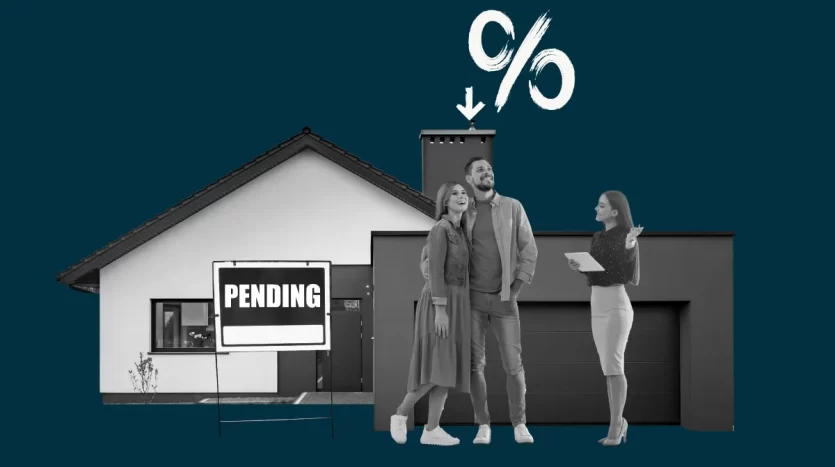Home inventory is gone, but so are unsold listings
[ad_1]
Rising housing inventory levels in 2024 may not be as positive a sign of market health as they seem. High inventory levels cause another problem because active listings remain unsold for longer. While there are higher, rising and obvious factors, there may be more to the story.
according to this, it is one of the highlights in the housing market of 2024 HousingWire Housing inventory is approaching levels seen in 2019 before the COVID-19 pandemic, a leading analyst said. As the market enters 2025 with 27% more inventory than at the beginning of 2024, more inventory should be a sign that the market is returning to normal, according to Mohtashami.
But the unsold inventory released on Monday adds a layer of concern for the growing inventory. The report focuses on homes that have been on the market for at least 60 days at the end of the month. Redfin calls these listings “stale inventory.”
According to the report, 54.5% of November home listings remained unsold for at least 60 days. The share is 460 basis points higher than a year ago and is the highest since November 2019. Homes under contract took 43 days to do so — the slowest pace since 2019.
and — the two states experiencing significant inventory growth in 2024 — had the highest share of obsolete inventory. It had the highest percentage (63.8%) among the 50 largest US metro areas. (62.4%), Fort Lauderdale (62.3%), San Antonio (60.3%) and Orlando (59.9%) rounded out the most stagnant metro areas.
Some agents attribute the increase in stale inventory to unreasonable prices that deter potential buyers from pursuing certain listings.
“Many listings on the market are either outdated or uninhabitable,” Redfin Premier agent Meme Loggins said in a statement. “I explain to sellers that if the price is not right, their house will be on the market. Well-priced houses in good condition fly off the market in three to five days, but high-priced houses can stay for more than three months.”
Along with Loggins's comments, a separate Redfin release on Monday showed for-sale supply rising in part because tenants are moving less frequently.
According to Redfin, 33.6% of the US rents for at least five years. Ten years ago, this share was 28.4%. About one in six tenants stayed for 10 years or more. Some renters simply choose to avoid rising home ownership costs, moving costs and brokerage fees, Redfin explained.
In November, Redfin also reported an increase in renter households versus homeowners, demonstrating a shift in market dynamics.
“Rents have risen during the pandemic, but have remained relatively stable over the past two years as home prices and mortgage rates have continued to rise. This has encouraged renters to stay in the same home, where they are less likely to face large rent increases,” said Sheharyar Bokhari, chief economist at Redfin. As for the market, rents may decline and set 2025 as a renters' market.
If mortgage rates fall, there is some hope for potential buyers and sellers. HousingWire lowers mortgage rates from 5.75% to 7.25%. Home sales may also increase as the foreclosure effect weakens control over homeowners. But home price appreciation is unlikely to budge in 2025, so inventory may remain stagnant.
Related
[ad_2]





